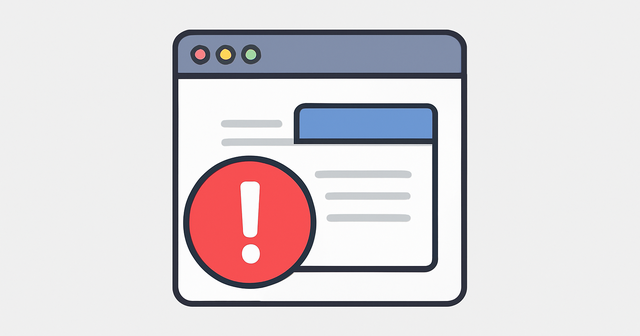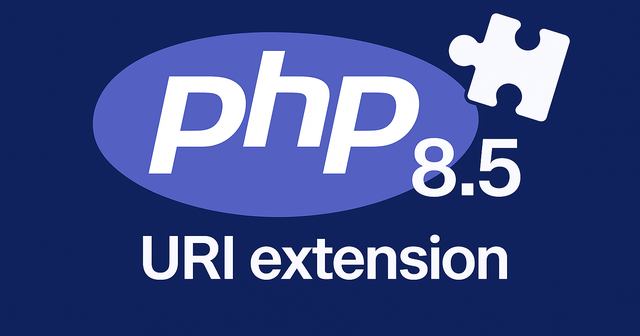The Tab Trap: Why Forcing New Tabs Is Bad UX

We’ve all done it — added target="_blank" to a link to “help users” stay on our site. But what feels like a harmless convenience often creates confusion, breaks accessibility, and introduces hidden security risks.
1. UX & Accessibility: Breaking User Expectations
Users expect control — not surprises
Users expect consistent behavior: when they click a link, it should open in the same tab — unless they decide otherwise. Forcing a new tab breaks that mental model and removes user agency.
As the W3C Accessibility Guidelines (WCAG 2.2, §3.2.5) note, unexpected context changes (like a new tab or window) can disorient users, particularly those using assistive technologies.
When target="_blank" is applied without warning, screen readers or keyboard users might not even realize they’ve switched contexts — a frustrating and confusing experience.
The broken “Back” button
Opening a new tab means the browser’s Back button no longer works for the user’s original journey. They can’t simply “go back” — they must hunt for the previous tab. This small break in flow adds cognitive load and disrupts navigation.
A discussion on UX Stack Exchange summarizes it best:
target="_blank"breaks the normally expected browser behavior.
Mobile experience suffers too
On mobile devices, tab management is cumbersome. Users might not realize a new tab has opened, leading them to close the browser or abandon the session.
2. Technical & Security Pitfalls
The window.opener vulnerability
Whenever you open a link using target="_blank", the new tab receives a reference to the original page via window.opener. This means the linked page — if malicious — can manipulate or redirect the source page:
window.opener.location = 'https://phishing.example.com';This is a well-documented exploit (Perishable Press, OWASP).
To mitigate it, pair target="_blank" with rel="noopener" or rel="noreferrer":
<a href="https://example.com" target="_blank" rel="noopener">External link</a>Performance and maintenance
Each new tab consumes memory. On low-end devices, multiple open tabs can slow performance. And if you add target="_blank" selectively, it’s easy to forget security attributes.
3. SEO & Analytics Considerations
Google’s Lighthouse flags external links using target="_blank" without rel="noopener" as a security risk.
It doesn’t directly affect ranking, but poor UX and disoriented users increase bounce rates, indirectly harming SEO.
4. When target="_blank" Can Make Sense
There are exceptions:
Reference material: e.g., opening documentation next to a form.
Downloads or PDFs: users expect them in a new tab.
Long-running tasks: to avoid losing progress.
Best practices:
Always add
rel="noopener".Warn users visually (icon or tooltip).
Keep behavior consistent.
Test accessibility with screen readers.
5. Better Alternatives
Use clear navigation and breadcrumbs instead.
Let users decide how to open links (
Ctrl+Click,Cmd+Click).
Respecting user choice creates better UX.
Conclusion
target="_blank" can harm UX, accessibility, and security. Used sparingly with proper safeguards, it’s fine — but never by default.
At SensioLabs, we believe trust starts with respecting user control. For this reason, we actively recommend implementing solutions that prevent the opening of new tabs in your developments.







